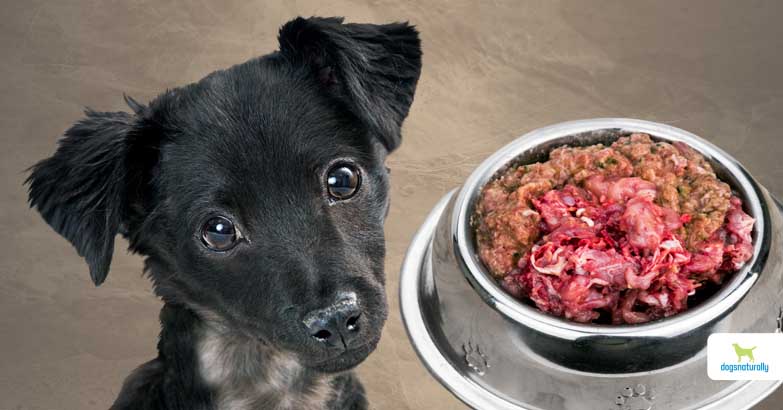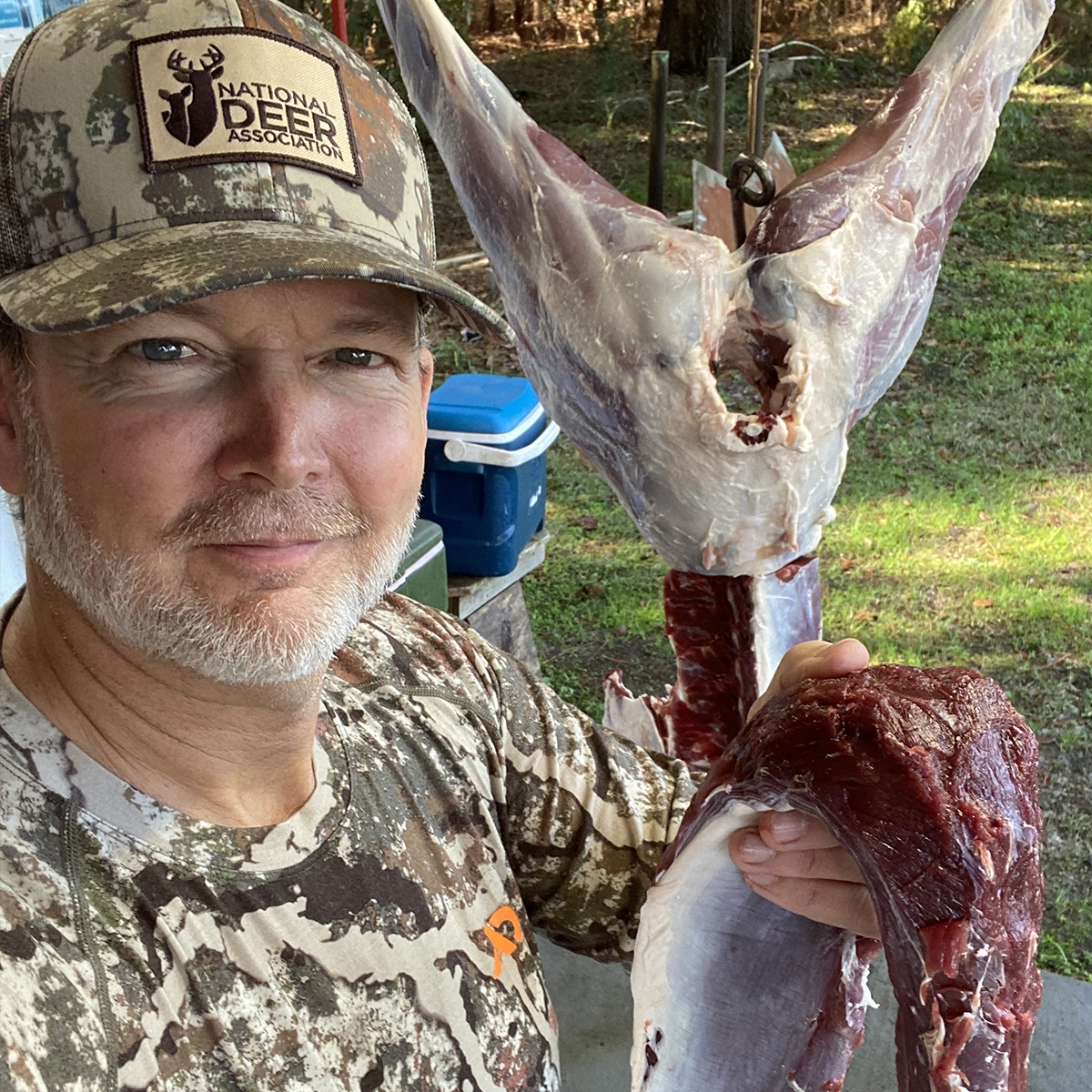Yes, you can eat raw deer meat, but it comes with risks. Consuming raw meat always poses health concerns.
Deer meat, also known as venison, is enjoyed by many. While some people prefer it cooked, others are curious about eating it raw. Before trying raw deer meat, it’s essential to understand the potential dangers. Raw meat can harbor harmful bacteria and parasites.
These can cause serious illness. This blog will explore the safety of eating raw deer meat. It will also cover the best practices to reduce risks. Understanding these factors will help you make an informed decision. Let’s dive into the details and learn more about raw deer meat and its safety.

Credit: www.mystylelabel.com
Introduction To Raw Deer Meat
Raw deer meat, also known as venison, is a delicacy in many cultures. People have eaten this meat for centuries. They value its unique flavor and texture. But is it safe to eat raw?
Nutritional Profile
Raw deer meat is rich in nutrients. It is a good source of protein and contains essential vitamins and minerals. Here is a quick look at its nutritional content:
| Nutrient | Amount per 100g |
|---|---|
| Calories | 158 |
| Protein | 22.5g |
| Fat | 7.1g |
| Vitamin B12 | 8.4 mcg |
| Iron | 2.9 mg |
Venison is lower in fat than beef. It is also high in omega-3 fatty acids. These nutrients are important for heart health and brain function.
Cultural Significance
Raw deer meat holds cultural significance in many traditions. In some cultures, it is part of special rituals and ceremonies. For example:
- In Japan, venison is sometimes served as sashimi.
- Some Native American tribes use raw venison in ceremonial feasts.
These practices highlight the meat’s importance in their heritage.
Eating raw venison can be a way to connect with history and tradition. But always consider the safety risks before consuming raw meat.

Credit: www.tiktok.com
Potential Health Risks
Eating raw deer meat carries potential health risks. It may harbor parasites, bacteria, and viruses that cause serious illnesses. Always cook deer meat thoroughly to ensure safety.
Eating raw deer meat can pose serious health risks. Understanding these risks helps to make informed decisions. Raw deer meat may contain harmful bacteria and parasites. Both can lead to severe illnesses.Bacterial Infections
Raw deer meat can harbor dangerous bacteria. E. coli and Salmonella are common threats. These bacteria can cause food poisoning. Symptoms include stomach pain, vomiting, and diarrhea. In severe cases, hospitalization may be required. Cooking meat thoroughly kills these bacteria.Parasitic Threats
Parasites can also be present in raw deer meat. One such parasite is Trichinella, which causes trichinosis. Symptoms include muscle pain, fever, and fatigue. Another risk is Toxoplasma gondii, causing toxoplasmosis. This can result in flu-like symptoms. Cooking meat properly eliminates these parasites. “`Safety Tips For Consuming Raw Deer Meat
Eating raw deer meat can be a unique culinary experience. But it is important to follow safety tips to avoid health risks. Proper sourcing and safe handling practices are key to enjoying raw deer meat safely.
Proper Sourcing
Sourcing your deer meat from a trusted supplier is vital. Ensure the deer was healthy and free from diseases. Wild deer can carry parasites and bacteria. Check that the meat is fresh and has been stored properly.
Safe Handling Practices
Handle raw deer meat with care to prevent contamination. Use clean utensils and surfaces when preparing the meat. Wash your hands before and after touching the meat. Keep raw meat separate from other foods to avoid cross-contamination.
Store deer meat at the right temperature. Refrigerate or freeze it to keep it safe. Thaw frozen meat in the fridge, not on the counter. Cook or consume the meat soon after thawing.
Consider freezing the meat before eating it raw. Freezing can kill many harmful parasites. Cut the meat into small pieces for even freezing. Ensure it stays frozen for at least 72 hours.
Benefits Of Eating Raw Deer Meat
Eating raw deer meat may seem unconventional, but it offers many benefits. From nutritional advantages to unique culinary experiences, raw deer meat can be a valuable addition to your diet.
Nutritional Advantages
Raw deer meat is rich in essential nutrients. It provides a high protein content, which is important for muscle growth and repair. It also contains less fat than many other meats. This makes it a lean choice for health-conscious individuals. The meat is packed with vitamins like B12, which supports nerve function and blood formation. It also has minerals such as iron and zinc, which are crucial for immune health.
Culinary Experience
Eating raw deer meat offers a unique culinary experience. The flavor is different from cooked venison. It is often described as fresh and slightly sweet. Raw deer meat can be prepared in various ways. It can be served as tartare or thinly sliced for carpaccio. These dishes can be seasoned with herbs and spices to enhance the taste. Trying raw deer meat can be an adventure for your taste buds.
Preparation Methods
Eating raw deer meat requires careful preparation. It’s crucial to follow safe and traditional methods. Modern techniques also offer new ways to enjoy this delicacy.
Traditional Recipes
Historically, many cultures enjoyed raw deer meat. These traditional recipes are still popular today.
- Tartare: Chop the meat finely. Mix with onions, capers, and egg yolk. Season with salt and pepper.
- Carpaccio: Slice the meat thinly. Drizzle with olive oil. Add lemon juice, salt, and pepper.
- Ceviche: Marinate the meat in citrus juice. Add onions, cilantro, and chili peppers.
Modern Techniques
New methods make raw deer meat safer and more enjoyable. These techniques focus on quality and safety.
| Technique | Description |
|---|---|
| Freezing | Freeze meat at -4°F for 7 days. Kills parasites. |
| Smoking | Cold smoke meat for flavor. Does not cook the meat. |
| Curing | Use salt, sugar, and spices. Draws moisture out. |
These methods help create delicious and safe dishes. Always ensure the meat is fresh and from a trusted source.

Credit: deerassociation.com
Comparing Raw Vs Cooked Deer Meat
Comparing raw vs cooked deer meat can be quite enlightening. Both options offer distinct experiences. Understanding these differences can help you make informed decisions about your diet. Let’s dive into the details and see what sets them apart.
Flavor Differences
Raw deer meat has a unique taste. It’s often described as rich and gamey. Many people find it quite intense. On the other hand, cooked deer meat mellows in flavor. Cooking can bring out different notes. This makes it more palatable to some people. The texture changes too. Raw meat is soft, almost buttery. Cooking makes it firmer and easier to chew.
Nutritional Changes
Raw deer meat is packed with nutrients. These include protein, vitamins, and minerals. Cooking can alter some of these nutrients. Heat can break down certain vitamins. Protein remains, but its structure changes. This can affect digestion. Some believe raw meat offers more enzymes. These enzymes aid in digestion. Cooking kills these enzymes. So, eating raw might provide different nutritional benefits.
Expert Opinions
Can you eat raw deer meat? This is a common question many ask. To provide clarity, we consulted various experts. Here’s what they say.
Medical Views
Doctors and health professionals generally advise against eating raw deer meat. It’s risky. Raw meat can carry harmful bacteria and parasites. These include Salmonella, E. coli, and Trichinella.
Consuming raw deer meat could lead to serious health issues. These may range from mild food poisoning to severe illnesses. Symptoms often include:
- Nausea
- Vomiting
- Diarrhea
- Fever
It’s essential to cook deer meat thoroughly. This kills any harmful organisms. The Centers for Disease Control and Prevention (CDC) recommends cooking game meat to an internal temperature of 165°F (74°C).
Culinary Perspectives
Some chefs and food enthusiasts enjoy raw deer meat. They prepare it as venison tartare or carpaccio. These dishes are delicacies in certain cultures.
To reduce health risks, experts emphasize sourcing meat from trusted suppliers. They also stress proper handling and preparation. This includes:
- Freezing the meat to kill parasites.
- Using clean utensils and surfaces.
- Ensuring the meat is fresh and high quality.
Despite these precautions, eating raw meat remains controversial. The flavor and texture are unique, but the risks are significant. Always weigh the pros and cons before trying.
Frequently Asked Questions
Is It Safe To Eat Raw Deer Meat?
Raw deer meat can contain harmful bacteria and parasites. Cooking it thoroughly is recommended for safety.
What Parasites Can Be In Raw Deer Meat?
Raw deer meat can have parasites like tapeworms and toxoplasma. These can cause serious health issues.
How Should Deer Meat Be Cooked For Safety?
Cook deer meat to an internal temperature of 160°F (71°C). This kills harmful bacteria and parasites.
Can Raw Deer Meat Cause Food Poisoning?
Yes, eating raw deer meat can cause food poisoning. Symptoms include nausea, vomiting, and diarrhea.
Are There Any Benefits To Eating Raw Deer Meat?
Raw deer meat is high in protein and nutrients. But the risk of illness outweighs the benefits.
Conclusion
Eating raw deer meat carries risks. Bacteria and parasites can cause illness. Cooking deer meat ensures safety. Always handle meat properly. Store it at the right temperature. Clean utensils and surfaces thoroughly. Consult a doctor if unsure about raw consumption.
Prioritize health and safety. Enjoy deer meat cooked for best taste and safety.